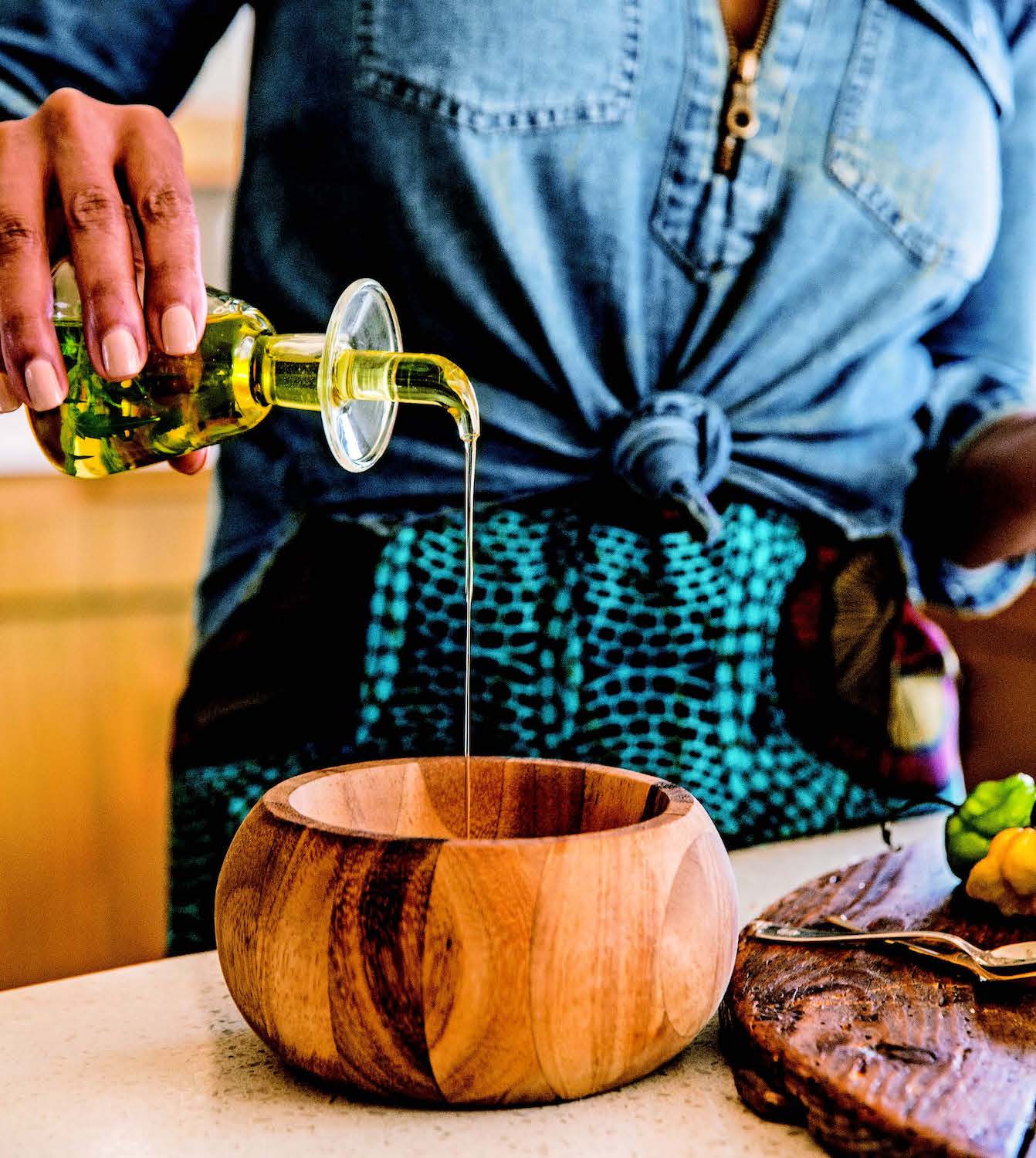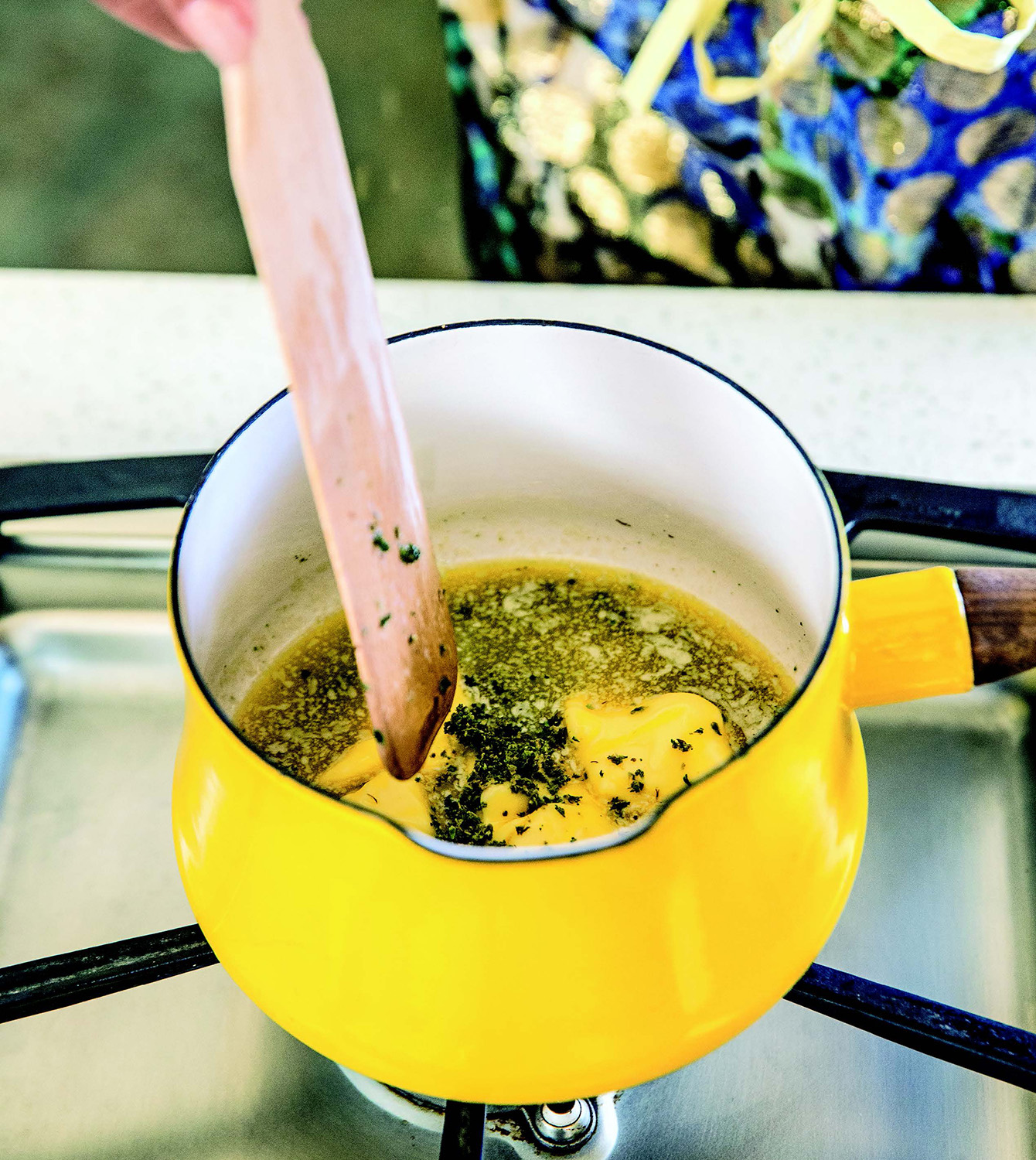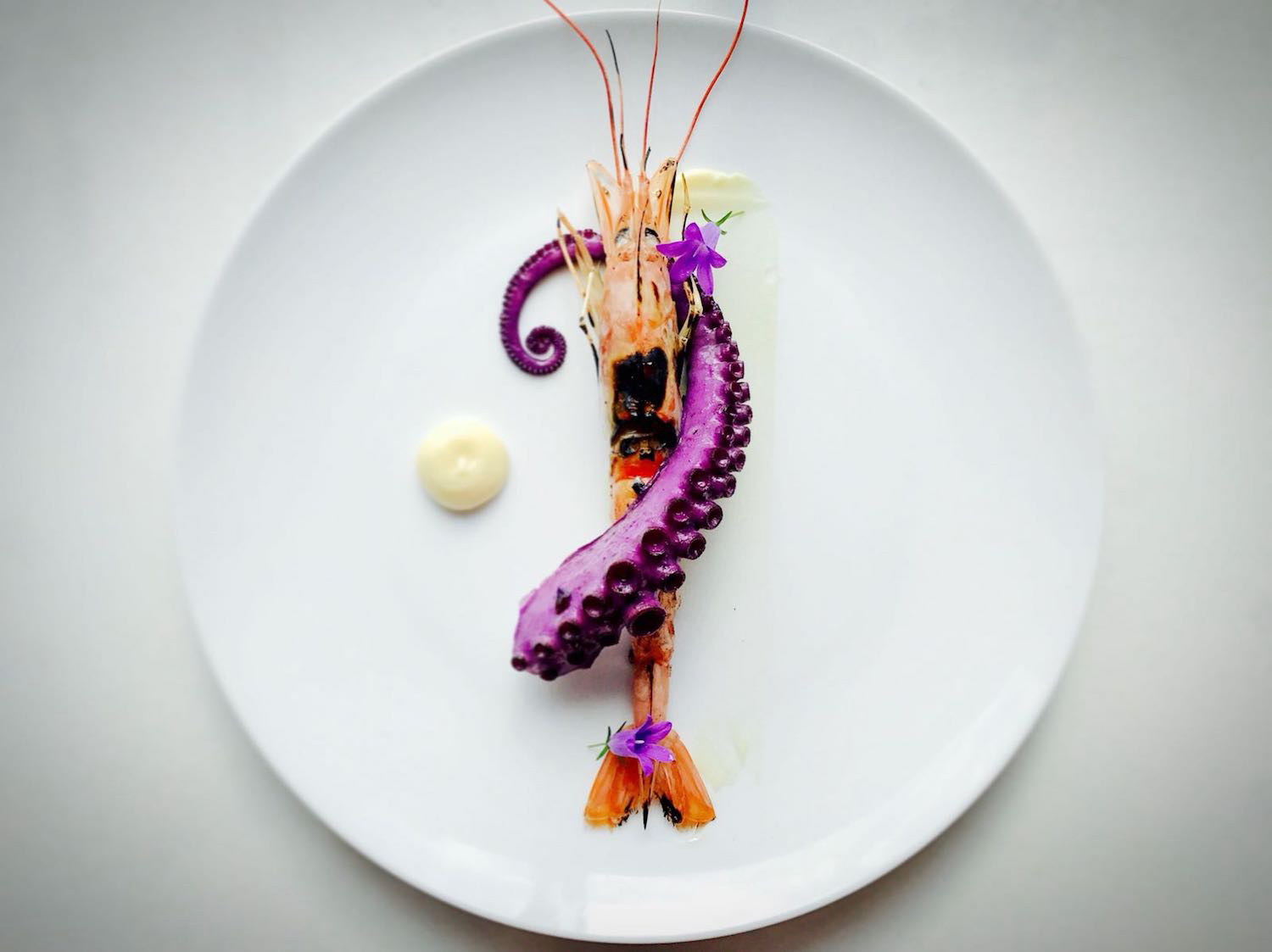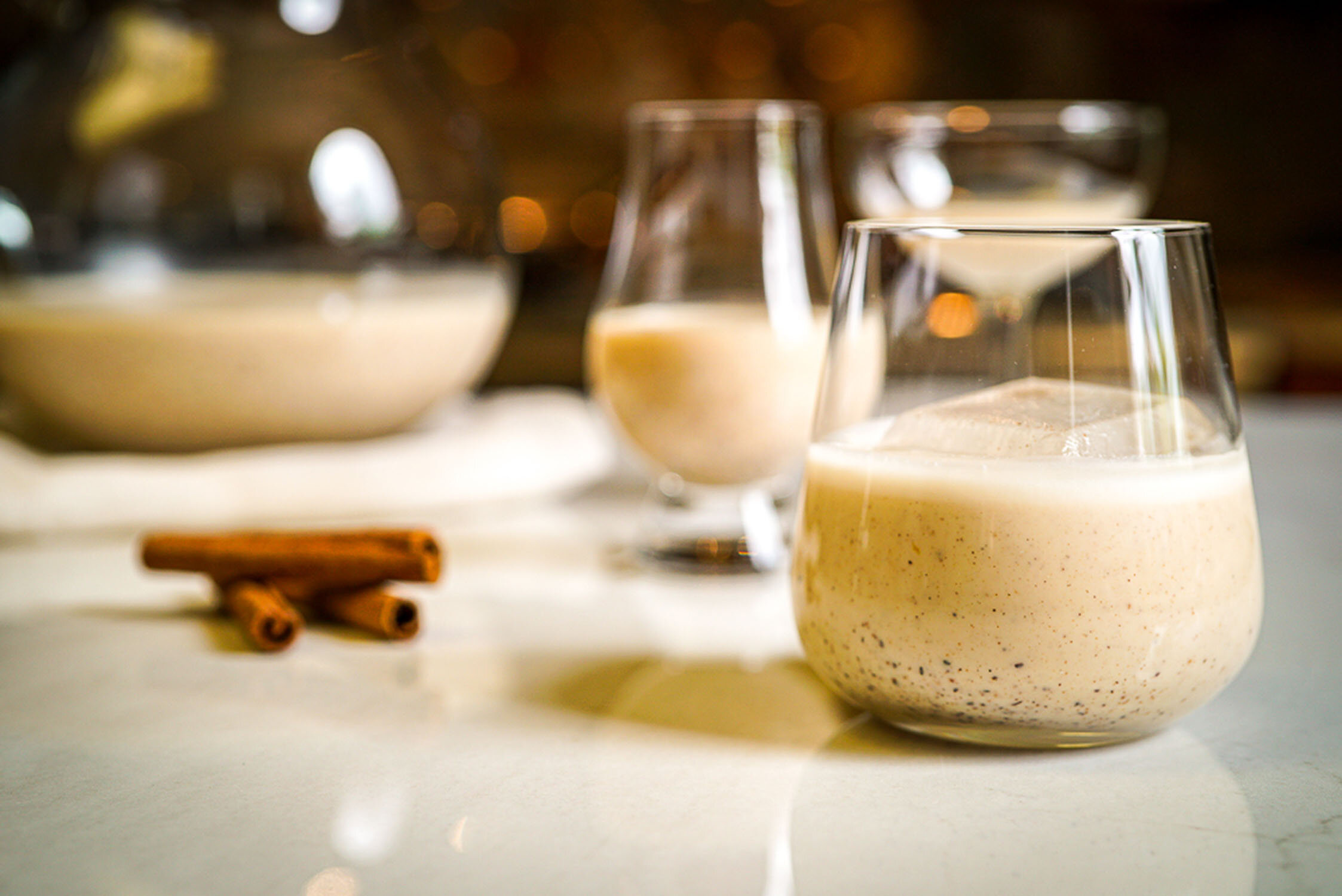Cannabis Meets the Everyday Kitchen

In the Marley household, Saturdays were reserved for soup. Sometimes it was beef soup or chicken foot soup, but on many occasions, a bubbling pot of callaloo, yams and Scotch bonnet would be over the fire.
“My auntie just loved to do the pepper pot,” Cedella Marley said, recalling her childhood days spent in Jamaica. “When daddy and mummy would come back from a rehearsal late, they would always have leftovers.” Her parents are, of course, Bob and Rita Marley.
On occasion, her aunt would prepare two pots of this particular soup. One pot was made inside the home. But, her aunt, who had a taste for salt beef, would prepare another pot out in the yard.
“I’m not going to lie,” Ms. Marley said before letting out a mischievous laugh. “There have been certain Saturdays where I had a spoon or two.” Salt, an additive, did not adhere to Rastafarian values of healthy living and clean food.
In Ms. Marley’s latest book, “Cooking with Herb: 75 Recipes for the Marley Natural Lifestyle,” she shares traditional Caribbean recipes that are meant to be experienced with family and friends. However, she includes one noteworthy ingredient – she is cooking with cannabis.
THE SPICE
OF LIFE
“Smoking was a sacred ritual,” Ms. Marley writes in the book she co-authored with Raquel Pelzel. “When daddy smoked, he’d sit up and read his Bible, write lyrics and take out a draw here and there of his spliff.”
Ms. Marley approaches cooking with cannabis with a similar reverence. Simply put, it is not about impacting the flavors, but rather, it is about amplifying the experience.
“Imagine enjoying what you like, enjoying your patty or your pepper pot soup, and you're enjoying it so much that even when you finish, you're still enjoying it in some other kind of realm,” she said during the interview.
Marijuana is still years away from becoming another herb on the spice rack, but for those who do have legal access to the plant, incorporating the ingredient into the everyday kitchen is an option.
The process does require a little time and effort.
First, the dried buds of the plant need to be grounded down and infused into an oil or butter. Next, the mixtures must be heated, strained and then left to cool. The resulting canna oil and canna butter can be added by the teaspoon or tablespoon to almost any dish.
To spice up vegan jerk tacos, drizzle canna oil over grilled tofu. Mix about a tablespoon of the infused oil into a pot of gungo rice and peas (pigeon peas and rice) before setting the rice to boil.
In the pepper pot soup, which calls for five cups of vegetable broth, she suggests adding a tablespoon of canna oil and allowing the soup to simmer for five minutes before serving.
“There's a difference in just wanting to do something where people can have a really good body experience versus just doing something that’s just going to get you high,” she said.
Photography by Aubrie Pick
“Daddy smoked to put himself in a joyous, holy and inspirational mindset,”
UNLOCKING
THE SCIENCE
OF CANNABIS
There are two main chemicals that need to be taken into consideration when cooking with marijuana: tetrahydrocannabinol, or THC, which is associated with the high people feel, and cannabidiol, or CBD, which offers potential medicinal benefits.
Not all marijuana strains are created equal. Different strains contain varying amounts of chemicals. Ingesting it, as opposed to smoking it, changes how the herb interacts, too.
“When you smoke, you can feel the THC high in three minutes. When you ingest the herb, it slowly creeps up,” Ms. Marley said.
There are even more factors to consider when cooking for family and friends since every person absorbs the chemicals in different ways based on their weight, metabolism and tolerance levels.
For these reasons, knowing the science behind the ingredient is critical to understanding how to responsibly use the herb in the kitchen.
“When you smoke, you can feel the THC high in three minutes. When you ingest the herb, it slowly creeps up,”
If a high dosage of THC is delivered in the first course, the following dishes may require less or none at all. The dosages can be moderated by making oils of varying potencies.
Think of it like having a range of oils that are already your disposal: one may be best suited for cooking, while another is best as a dressing.
Another way to moderate THC consumption is to use less of the canna oil.
In any case, Ms. Marley suggested, “when cooking with herb, use it moderately.”
Editor’s Note: Please see the link below and be sure to check the state where you reside to fully understand how laws on medicinal and recreational marijuana apply.
Business Insider: States Where Marijuana Is Legal
PEPPER POT SOUP
Serves 8 | Time: 45 Minutes
Ingredients:
2 tbs coconut oil
6 scallions, white and light green parts only, thinly sliced
2 medium carrots, peeled and finely chopped
1 red bell pepper, finely chopped
1 tsp fine sea salt
1 tsp freshly ground black pepper
2 tsp finely chopped fresh thyme leaves
5 cups vegetable broth, homemade or store-bought
1 ¼ lbs Jamaican yellow yams or Japanese sweet potatoes, peeled and chopped into bite-size pieces
1 Scotch bonnet pepper, pricked a few times with a fork
1 lb spinach, root ends trimmed
1 cup coconut milk
1 tbs plus 1 tsp canna oil
12 okra pods, stemmed and sliced crosswise into ¼-inch-thick rounds
Editor’s Note: To understand how to use and make canna oil responsibly, please refer to Ms. Marley’s instruction in “Cooking With Herb.”
preparation:
Step 1:
Heat the oil in a large pot over medium heat. Add the scallions, carrots, bell pepper, salt and black pepper and cook, stirring often, until the vegetables start to soften, about 5 minutes.
Step 2:
Stir in the thyme. Add 3 cups of the vegetable broth and bring the liquid to a boil over high heat. Reduce the heat to a gentle simmer and add the yams and Scotch bonnet and cook until the yam is about halfway tender, 12 to 15 minutes.
Step 3:
Meanwhile, heat the remaining 2 cups of broth in a medium saucepan over medium-high heat. Once the broth is simmering, add a handful of the spinach. Once the spinach wilts, add another handful. Continue to add the spinach, stirring after each addition, until all of the spinach is added and wilted. Using an immersion blender, gently break down the spinach leaving pieces behind for texture. Or transfer the spinach and broth to a blender and puree until mostly smooth.
Step 4:
Pour the spinach mixture into the soup pot. Add the coconut milk and canna oil and gently simmer for 5 minutes. Add the okra and cook until it is tender, 2 to 3 minutes. Remove and discard the Scotch bonnet before serving.
Photography by Aubrie Pick. This recipe appears in “Cooking with Herb: 75 Recipes for the Marley Natural Lifestyle,” by Cedella Marley. This version was reprinted with permission of the publisher, Penguin Random House.








